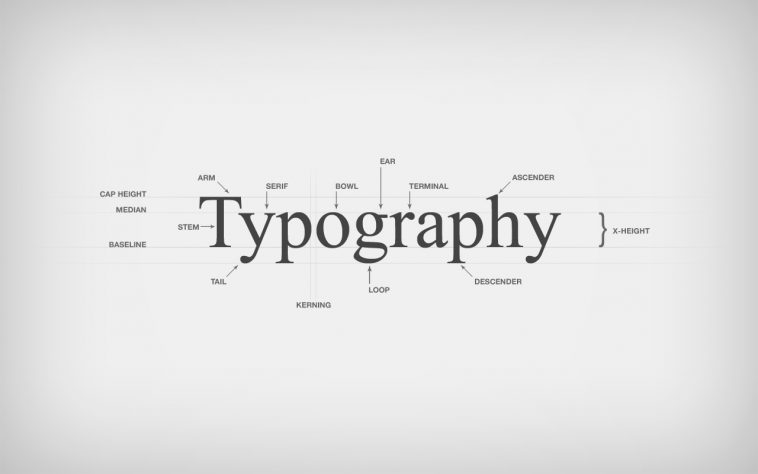Typography is the art and method of arranging type to generate written language legible, readable and appealing when displayed. The arrangement of type involves selecting typefaces, point sizes, line lengths, line-spacing (leading), and letter-spacing (tracking), and adjusting the space between pairs of letters (kerning). The expression typography can be applied to the style, arrangement, and appearance of these letters, numbers, and symbols made by the procedure. Form design is a closely connected craft, sometimes considered a part of typography; many typographers do not design typefaces, and a few kind designers do not consider themselves typographers. Typography also may be used as a decorative device, unrelated to your communication of information.
Typography is the job of typesetters (also called compositors), typographers, picture designers, artwork directors, manga artists, comic book artists, graffiti artists, and now, anyone who arranges letters, words, figures, and logos for publication, display, or distribution, from clerical workers and newsletter writers to anybody self-publishing materials. Until the Digital Age, typography was a technical occupation. Digitization opened typography to new generations of previously unrelated designers and put users, and David Jury, head of graphic design in Colchester Institute in England, states that “typography is now something everyone does. “As the capacity to make typography has become omnipresent, the use of principles and best practices developed over generations of skilled professionals and workers has diminished. At a time when technological techniques can encourage the proven traditions (e.g., higher legibility with the use of serifs, upper and lower case, contrast, etc.) via understanding the constraints of human eyesight, typography as often encountered may fail to achieve its principal goal: effective communication.





